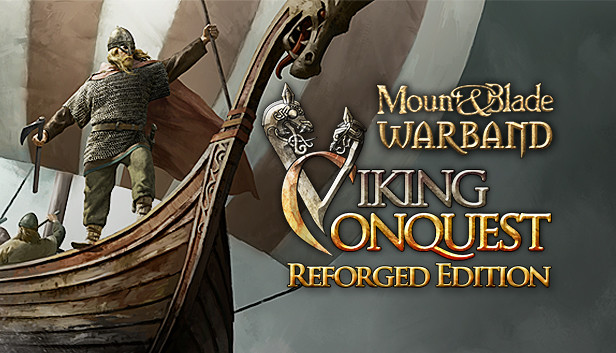
On returning to Greenland, he proselytized for Christianity and converted his mother, who built the first Christian church in Greenland. The following year Leif was commissioned by Olaf to urge Christianity upon the Greenland settlers. 1025) sailed from Greenland to Norway in the year 999 AD, and was there converted to Christianity by the Norwegian king Olaf Tryggvason, and Leif “the Lucky” Erikson joined the king’s body-guard. The second of three sons of Erik the Red, Leif Erikson (d. By the year 1000 there were an estimated 1,000 Scandinavian settlers in the colony, but an epidemic in 1002 considerably reduced the population. Of the 25 ships that sailed from Iceland, only 14 ships and 350 colonists are believed to have survived to reach their destination – an area later known as Eystribygd (Eastern Settlement). The settlers encountered no other inhabitants, though they explored to the northwest, discovering Disko Island. When Erik was similarly outlawed and exiled from Iceland about 980, he decided to explore the land to the west (Greenland), across 175 miles (280 km) of water. Erik the Red’s father, Thorvald, left Norway for western Iceland with his family, having been exiled for manslaughter. Tradition reports that he gave the island its name as a marketing strategy designed to disguise its harsh environment and make it attractive to would-be colonists. Leif Erikson’s father, Erik the Red, was the founder of the first European settlement on Greenland. In these centuries waterborne Vikings exploded out of their native lands to trade, raid, and settle all the way “ from the Pillars of Hercules to the Ural Mountains.” The main stream of Norsemen took a westerly course, striking Great Britain, Ireland and the Western Isles, and ultimately reached Iceland (in 874a.d.), Greenland (in 985) and North America (in 1000).

The discovery of new lands in the West by the Northmen came about in the course of the great Scandinavian exodus of the 9th, 10th and 11th centuries when Vikings “ swarmed over all Europe,” conquering kingdoms, founding colonies and empires. … America is grateful for the many contributions of Nordic Americans, and we continue to draw inspiration from the courage and optimism of the adventurous Leif Erikson. More than 1,000 years ago, he led a crew across the Atlantic to North America.

Leif Erikson was among the world’s greatest and most daring explorers. We remember that son of Iceland and grandson of Norway for his journey to North America, and we celebrate the influential role Nordic Americans have played in our society. Bush to conclude that on Leif Erikson Day, In all societies with a history of migrations, the question “who came first?” becomes important. Centuries before Columbus, the Icelanders answered this question by meticulously recording the names and deeds of the pioneers for posterity, thus inspiring George W. Patrick’s Day, Columbus Day, and Leif Erikson Day are festive occasions that White Americans should seize in order to honor their rich history and heritage.

Healey has pointed out that White ethnic identities are evolving into new shapes and forms, merging the various “hyphenated” ethnic identities into a single, generalized “European American” identity based on race and a common history of immigration and assimilation. In the light of the fact that virtually every minority group has generated a protest movement (Black Power, Red Power, Chicanismo, etc.), proclaiming a recommitment to its own heritage and to the authenticity of its own culture, European Americans also need some space to express their ethnic heritage.


 0 kommentar(er)
0 kommentar(er)
